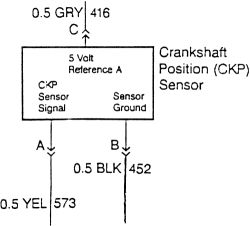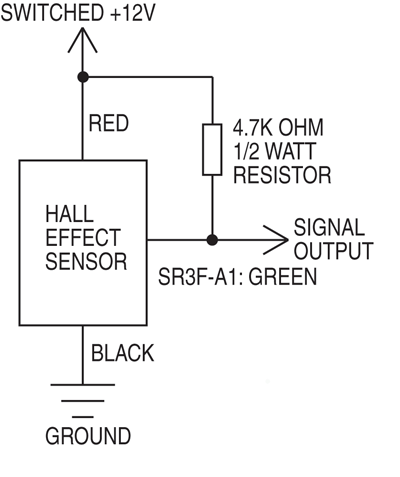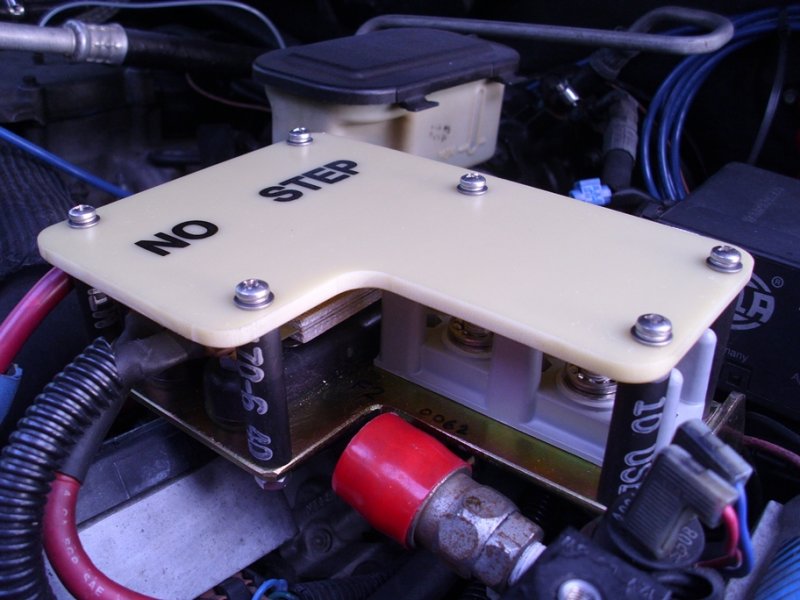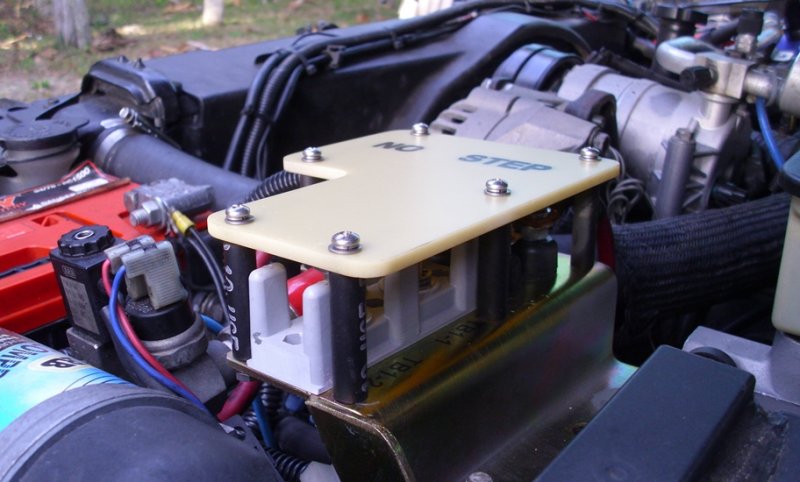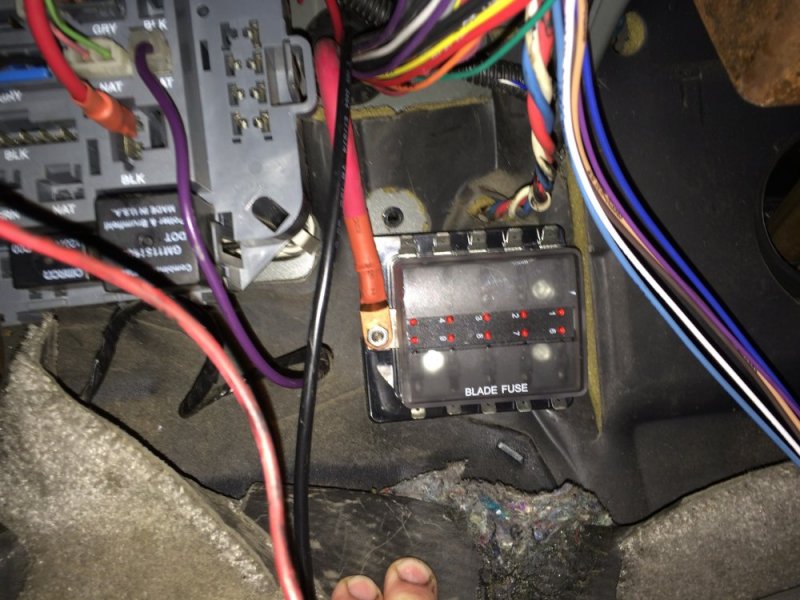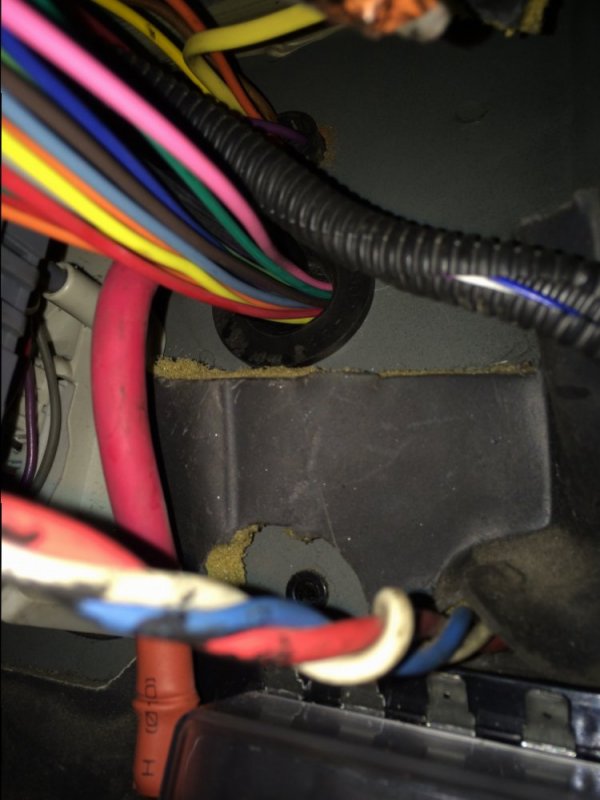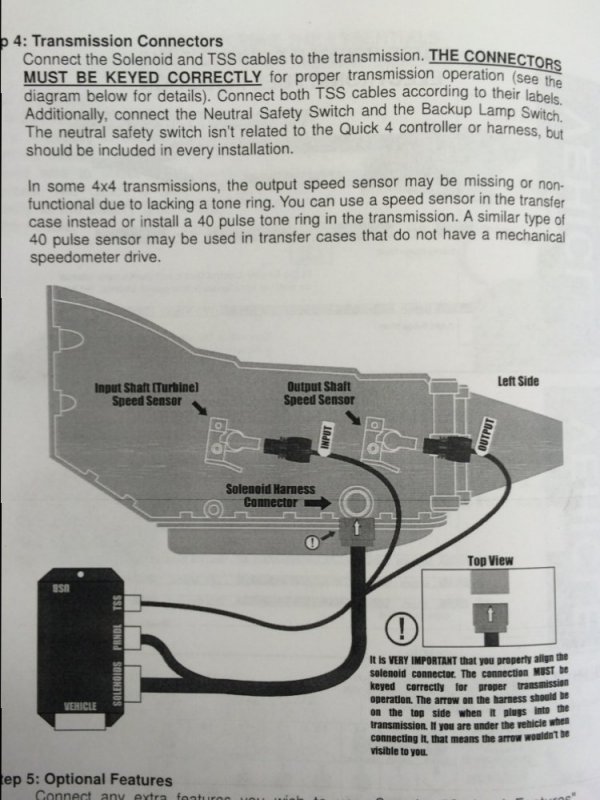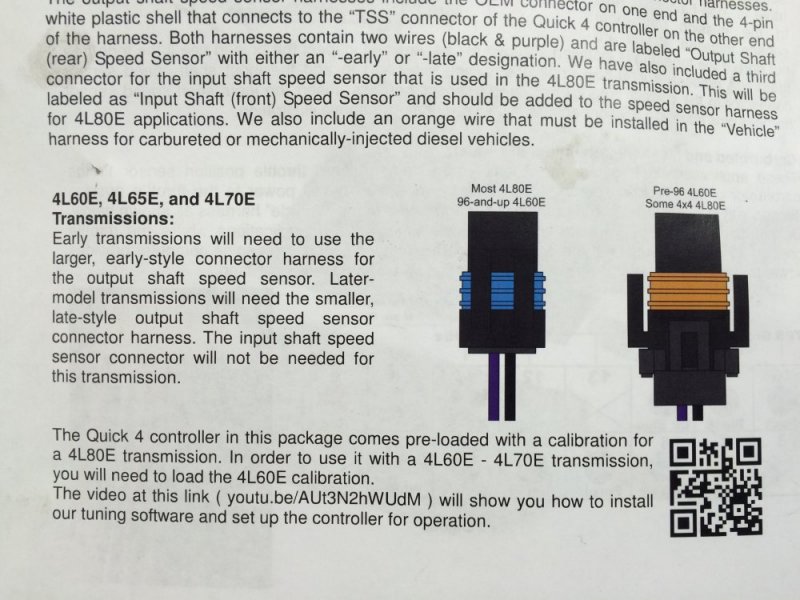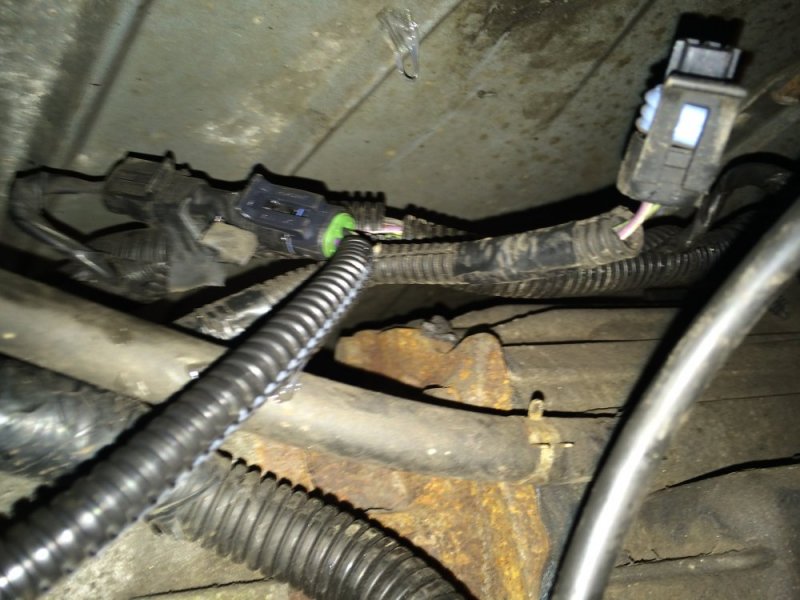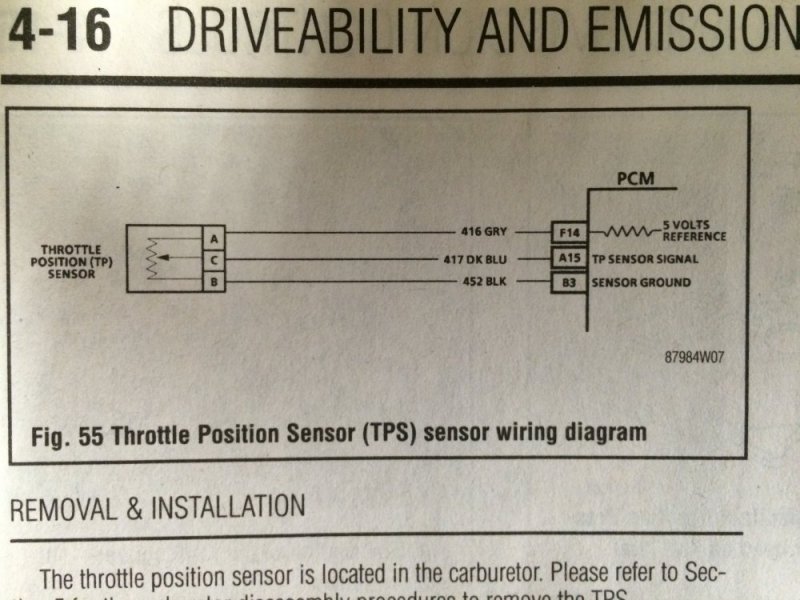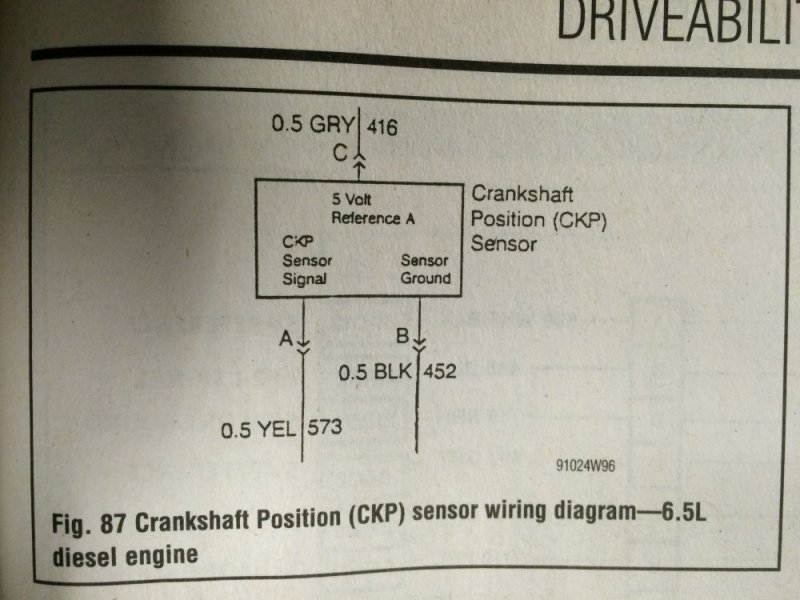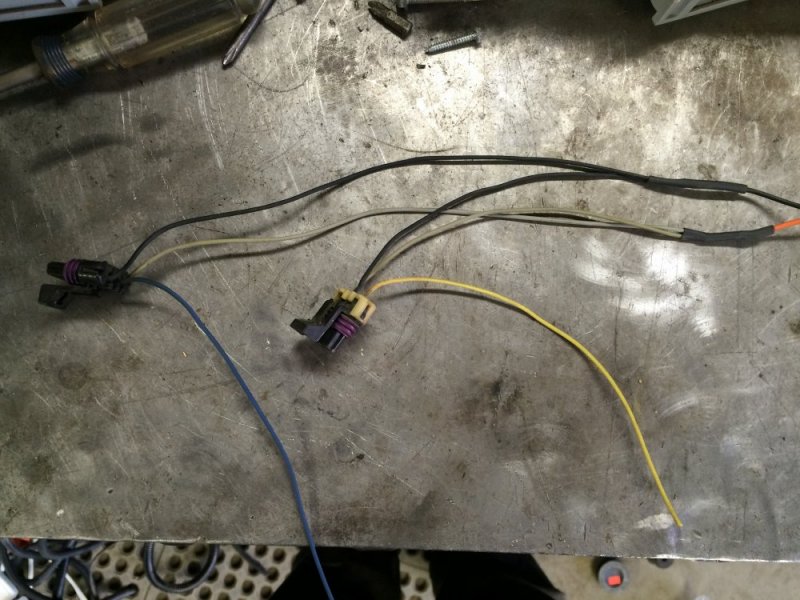n8in8or
I never met a project I didn’t like
Thanks for the info Ferm. The trans controller has a 5 Volt wire to run the TPS, so I was just going to use that for the 5 Volt reference signal for the crank sensor. Then I was going to use the same ground as the TPS since it's the same circuit. The third wire off the crank sensor would then be my tach signal. That should work, shouldn't it?Just an fyi, the old Chrysler dual ballast resistor is meant to run a hall effect pickup. All the crank sensor needs is a ground, 12 v+, and a 5 volt reference that can be shorted. The dual ballast resistor had one side for the coil, and the other side was really high resistance for the 5v to a hall effect pickup. Hook 12v+ to one side of the high resistance side of the ballast, the other side of it to the crank sensor, and t in to that wire and you now have a fully functioning hall effect rpm sensor. Some people loop around both sides of the ballast just to play it safe with thecrank sensor. Or you can buy a 5 volt power supply, and a 10k ohm resistor should do the trick for the whortable 5 volt feed/signal. Just make sure the quick 4 can work with a low voltage signal if yougo that route.

